The ocean is a vast and mysterious place, home to countless creatures that range from the bizarre to the majestic. While the Great White shark often grabs the spotlight, numerous other sharks merit our fascination. These species boast unique adaptations, curious behaviors, and appearances that make them stand out in the vast underwater world. Let’s dive into the captivating realm of some of the most extraordinary sharks that aren’t the infamous Great Whites.
Hammerhead Sharks

Perhaps one of the most recognizable due to their distinctive head shape, hammerhead sharks are marvels of evolution. Their wide-set eyes give them a greater visual range than most sharks, allowing them to spot prey efficiently. The hammer-like shape also enhances their ability to sense electrical signals in the water, aiding in tracking down hidden prey like stingrays buried in the sand.
Goblin Sharks
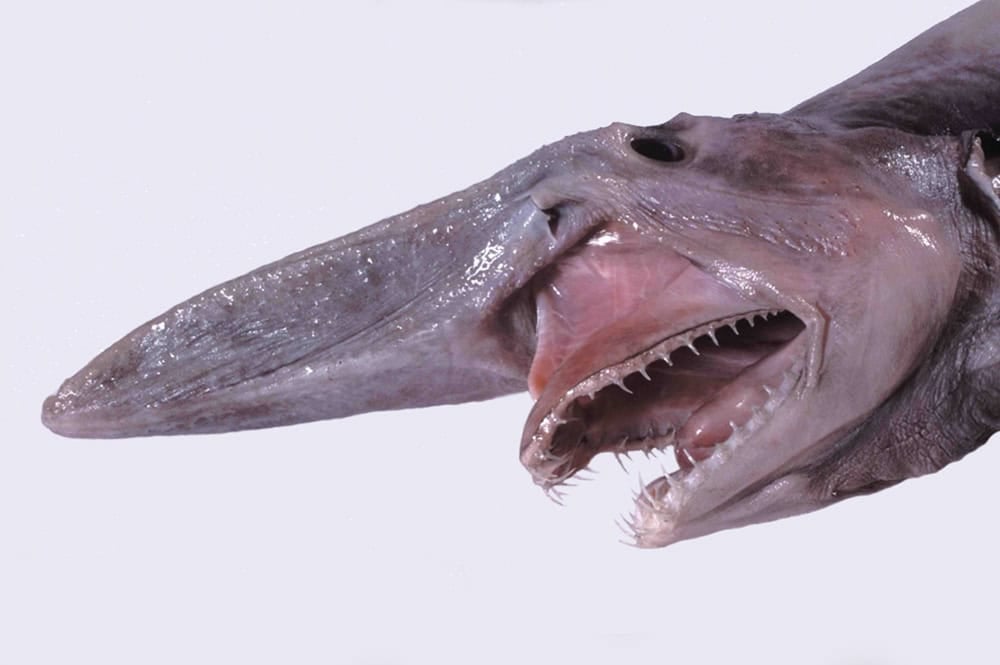
Goblin sharks are often regarded as living fossils, with a lineage tracing back over 125 million years. These deep-sea dwellers possess a protruding, snout-like nose packed with electroreceptors ideal for hunting in the dark depths. Their extendable jaws are another fascinating feature, rapidly shooting out to capture unsuspecting prey.
Whale Sharks
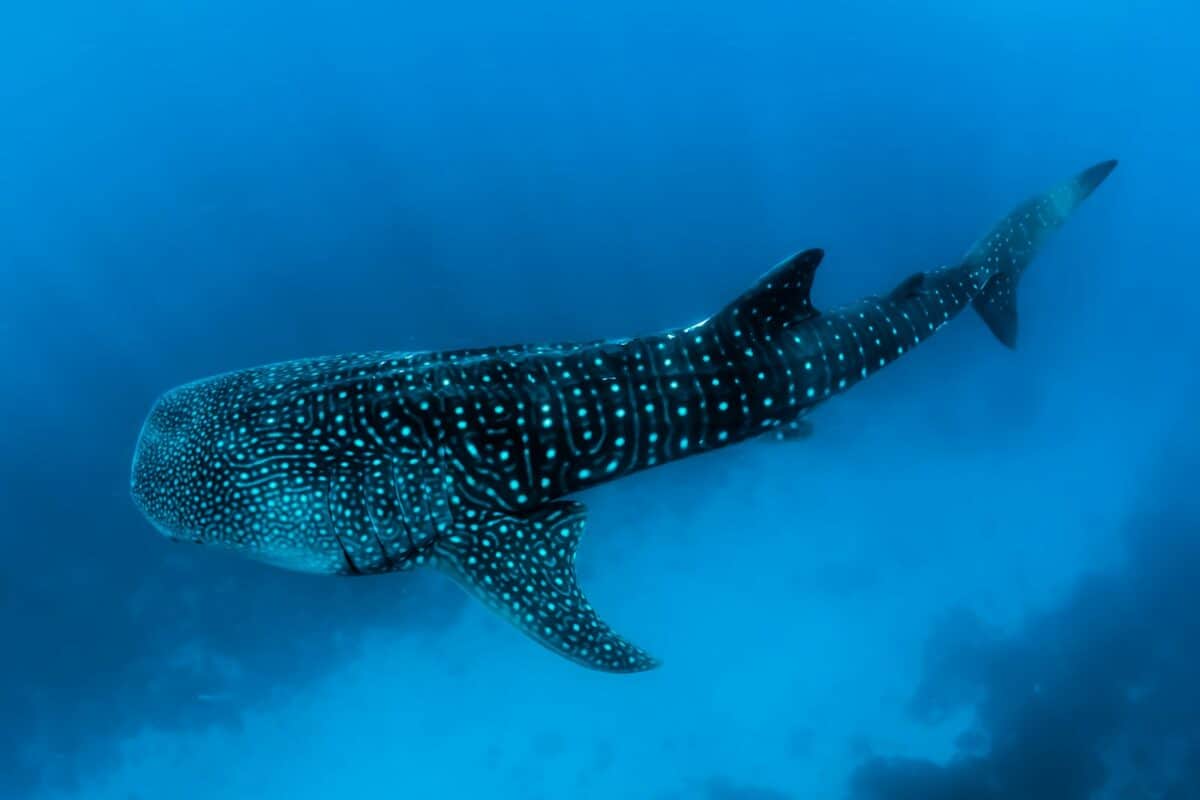
The whale shark holds the title of the largest fish in the ocean, but despite their size, these gentle giants are filter feeders. They consume plankton, krill, and small fish by swimming with their enormous mouths wide open, filtering water for these tiny morsels. Their size and feeding habits make them a remarkable and awe-inspiring sight for divers and marine enthusiasts.
Thresher Sharks

Thresher sharks are instantly recognizable by their extraordinarily long caudal fins, which can be as long as the rest of their bodies. They use these tails with exceptional precision to stun prey, like schools of fish, by whipping them through the water. This unique hunting strategy combines agility and power, making them efficient predators.
Frilled Sharks

Often referred to as resembling a snake or eel, the frilled shark is another ancient species that has changed little over millions of years. Its body is elongated, with a series of frill-like gills that give it a distinct appearance. These deep-sea sharks are rarely seen, contributing to their mysterious aura and the intrigue surrounding their lifestyle.
Megamouth Sharks
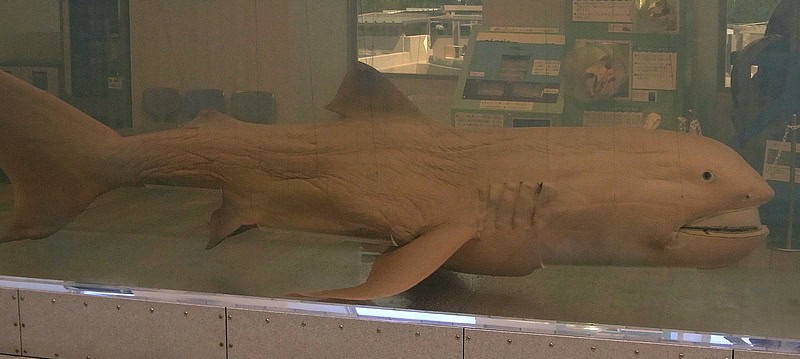
Megamouth sharks were first discovered in 1976, making them a relatively recent addition to the known shark family. Their distinctive large, gaping mouths are adapted for filter-feeding on plankton and jellyfish. Typically found in deep waters, sightings are rare, making each encounter with a megamouth a significant event for marine biologists.
Wobbegong Sharks
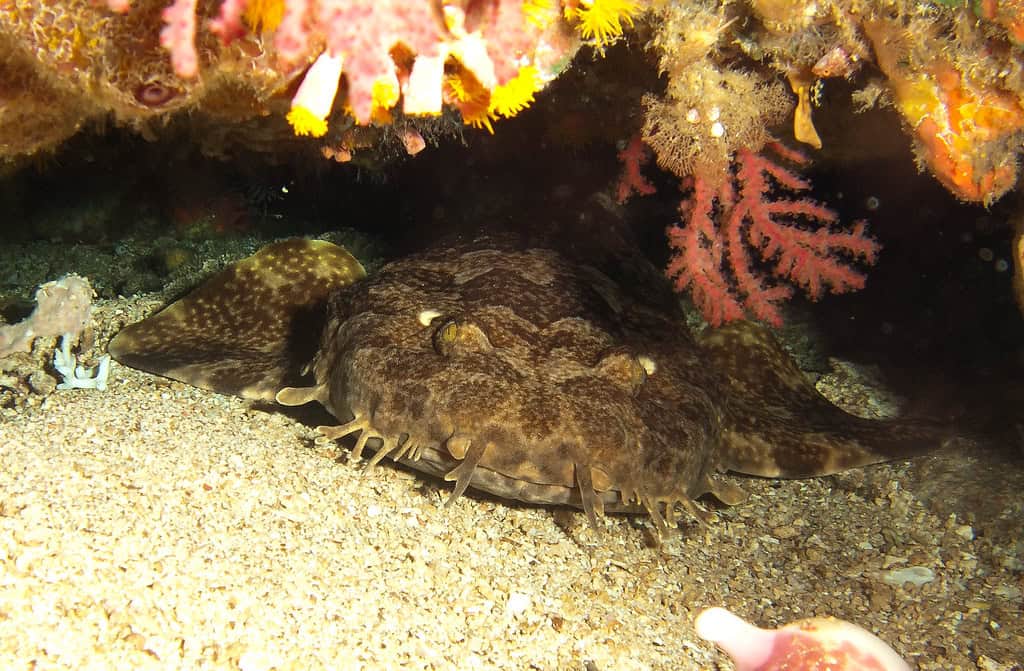
Wobbegong sharks, also known as carpet sharks, are masters of disguise. Their patterned skin enables them to blend seamlessly into the seafloor, lying in wait for unsuspecting prey. These ambush predators are equipped with sharp teeth and a strong bite, making them effective hunters despite their tranquil appearance.
Greenland Sharks

Greenland sharks are among the longest-living vertebrates on the planet, with lifespans that can exceed 400 years. These slow-moving giants inhabit the frigid waters of the North Atlantic and Arctic Oceans. With a sluggish demeanor, they opportunistically feed on fish and marine mammals, using their incredible age as a testament to their resilience in harsh environments.
Angel Sharks
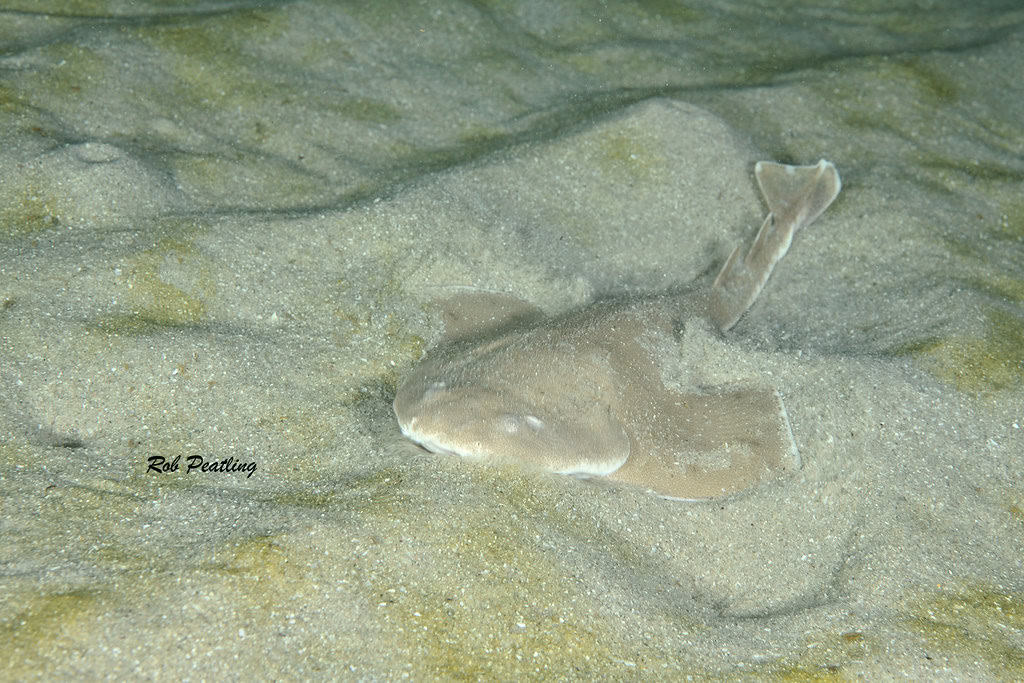
Angel sharks possess a flattened body reminiscent of rays, with broad wings and a camouflaged pattern ideal for sandy or muddy seabeds. They lie in ambush, waiting to surge up and grasp prey with surprising speed. Sadly, they are one of the most endangered groups of sharks, highlighting the need for conservation efforts to preserve these unique creatures.
Cookiecutter Sharks

Cookiecutter sharks are named for the round wounds they leave on their prey, which include dolphins and even submarines. They are small yet fearless, employing a powerful suction to extract cookie-shaped chunks of flesh. Their bioluminescent undersides further enhance their mystery, which attract prey in the dim ocean depths.
Basking Sharks

Basking sharks are the second-largest fish in the sea, known for their leisurely grace as they glide through the water with mouths agape. They filter-feed similarly to whale sharks, consuming vast amounts of plankton. Despite their imposing size, basking sharks are gentle and pose no threat to humans, making them a beloved sight for sailors and divers.
Epaulette Sharks

Epaulette sharks have adapted to move out of water briefly by using their fins to “walk” along the seabed. Found primarily in the shallow waters of Australia and New Guinea, these small sharks can survive low-oxygen environments, making them unique among their kind. Their resilience and behavior offer insight into the adaptability of life in extreme conditions.
Each of these sharks, with its distinctive features and behaviors, contributes to the tapestry of marine life that keeps our oceans teeming with wonders. While the Great White may be the poster child of shark notoriety, it is clear that the world’s waters are filled with other intriguing and exceptional species worth discovering and protecting. As we continue to explore the depths of the ocean, these unusual sharks remind us of the vast diversity that thrives beneath the waves.
- The Secret Role Wolves Play in Keeping Forests Healthy - August 13, 2025
- The Bird That Travels 15,000 Miles a Year Using the Stars for Navigation - August 13, 2025
- Do Ostriches Really Bury Their Heads in the Sand and Where That Myth Came From - August 13, 2025

